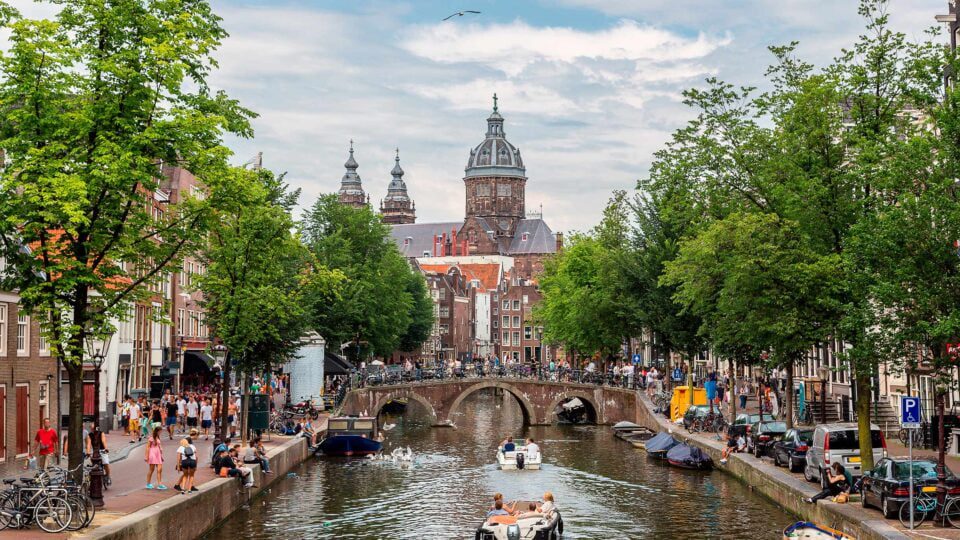The capital of the Netherlands is a wonderful city visited by millions of tourists every year. However, many of them end up here for just a few days, passing through from one European country to another. Naturally, no guest wants to waste their time. What can you see on your own in Amsterdam in 1 day? Let’s talk about this in more detail, as we have compiled an optimal walking route for those who have only 24 hours to spare.
Central Station
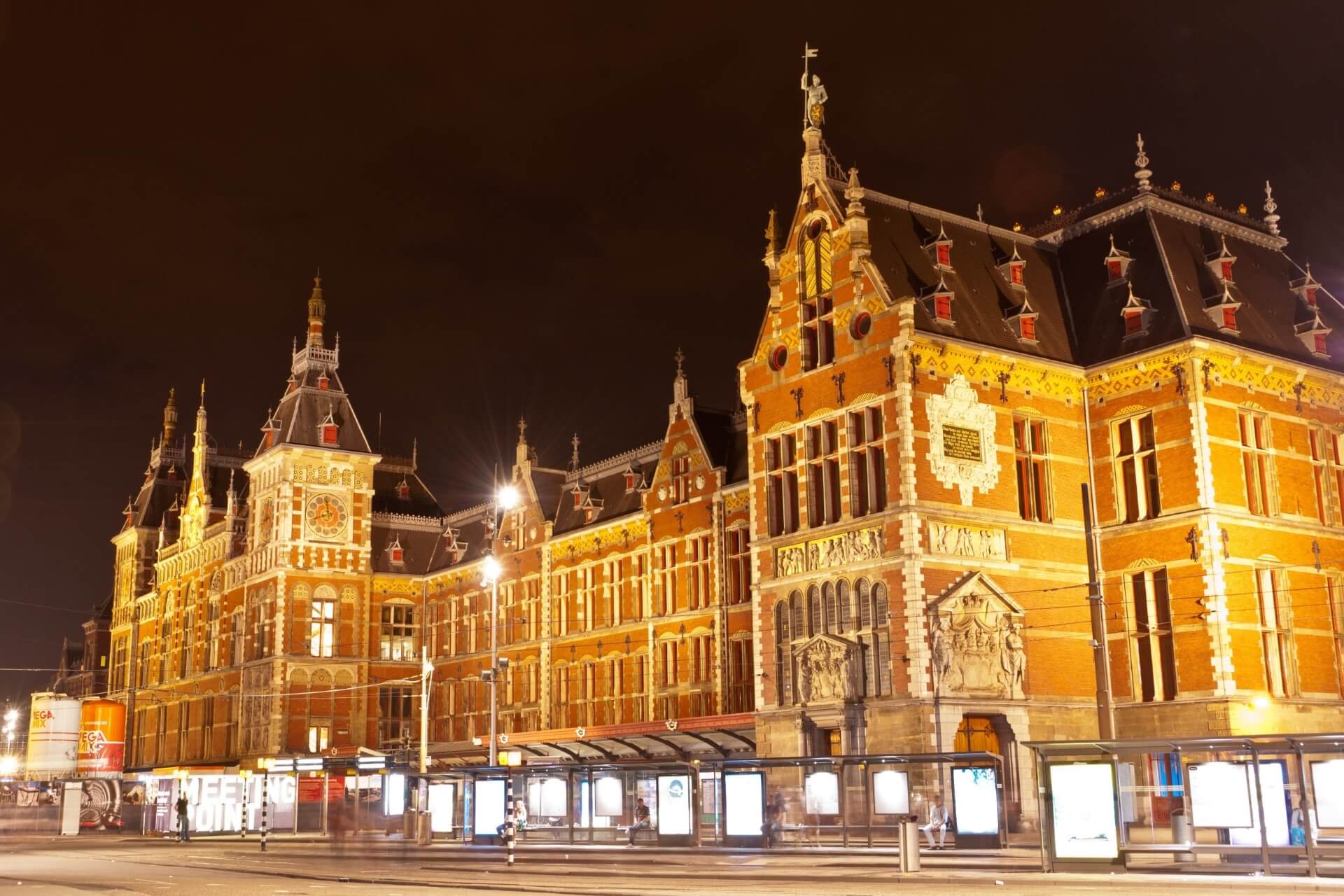
This is, in a way, the “heart of Amsterdam.” The main flow of tourists comes through Central Station, which welcomes up to 250,000 passengers annually. The station started operating in 1889, and many tourists perceive it not just as a starting or ending point of their journey but also as an interesting historic building.
Today, from Central Station, you can take a high-speed train to several major European cities, with the journey taking just a few hours. There’s also a bus station here, with buses connecting Amsterdam to other cities in the Netherlands. Finally, boats that navigate the city’s large canals also dock at Central Station.
Public Library
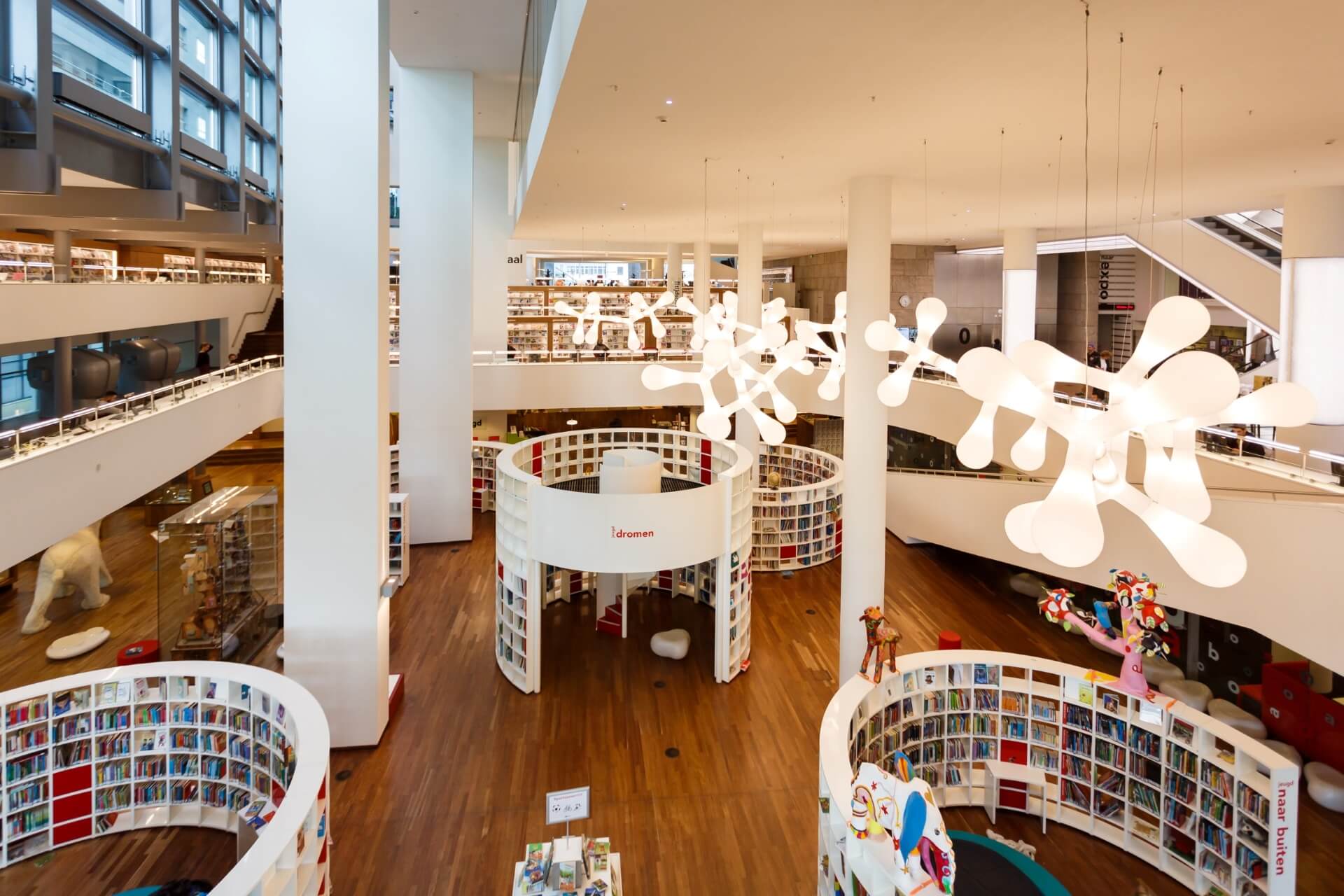
If you find yourself in Amsterdam for just 1 day, you probably won’t spend much time in the library as a reader. However, it’s worth a visit. The construction of this magnificent complex cost the state 80 million euros. The 10-story building houses the largest library in Europe, and such amenities are something many Russians can only dream of.
Out of 1,200 reading places, half are equipped with computers connected to the internet. Tourists can also visit the Library Museum and go to the 7th floor, where the V&D La Place self-service restaurant is located. Its terrace is an excellent observation deck where you can enjoy a coffee and the stunning view of the city. The library is open daily from 10 am to 10 pm.
NEMO Science Museum
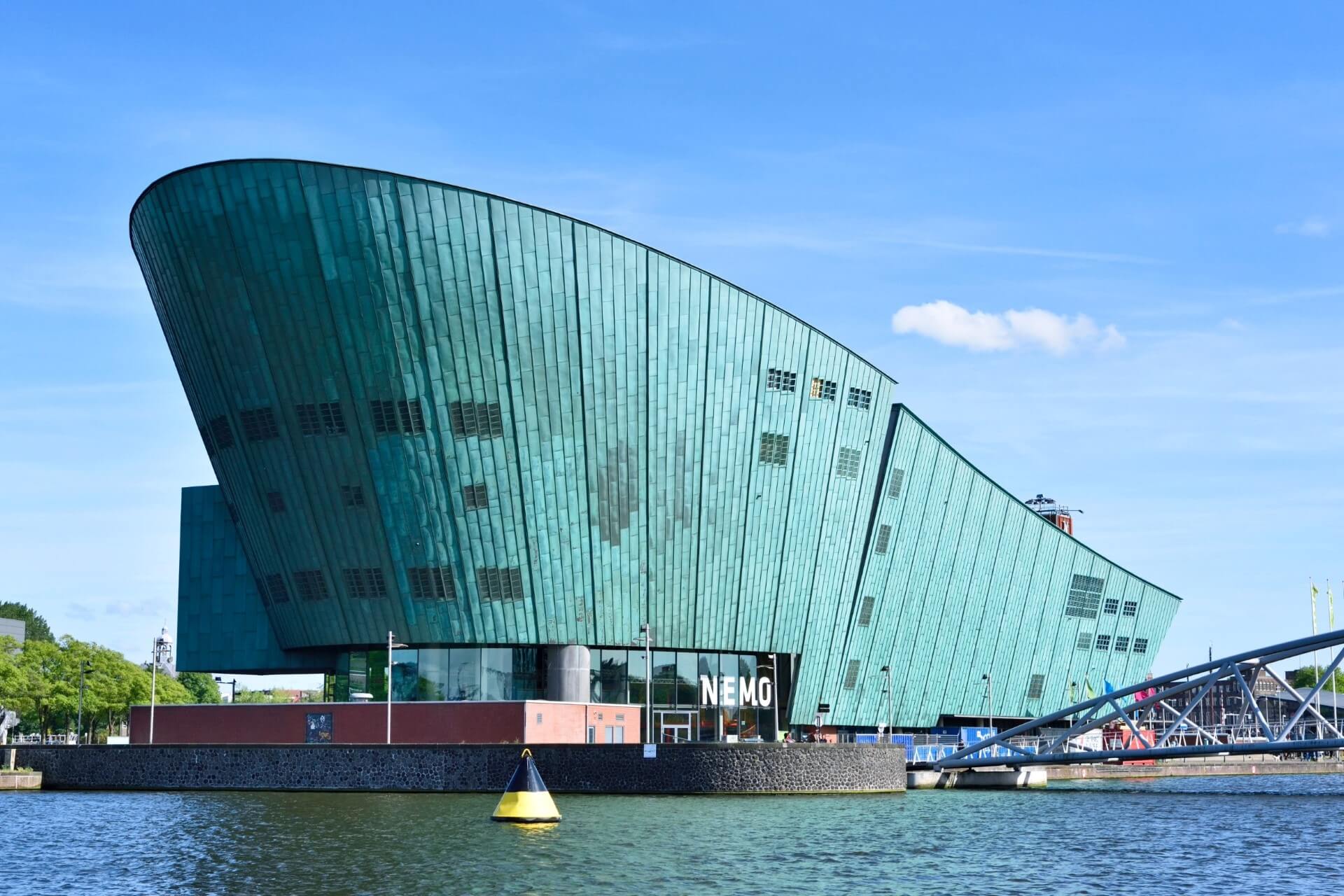
This is a science museum in the truest sense of the word. It looks very much like a green ship. Since you can spend a long time here, note that there are cafes on the 1st, 2nd, and 5th floors. Souvenirs, which you won’t find anywhere else, are sold on the 1st floor and mirror the exhibits in the museum.
The first floor is dedicated to the structure of DNA and various chain reactions, with a half-hour show on the topic. The second floor features a ball factory, with a conveyor belt that kids find particularly amusing. There are numerous exhibits explaining the water cycle in nature, electricity, and more. Visitors can watch science films.
The third floor is a huge laboratory, where you can see scientific experiments and even participate in them. The fourth floor is dedicated to the human brain, with lectures and various tests to evaluate brain function and sensory organs. The fifth floor is a place to grab a bite, enjoy the view from the observation deck, and let children play in the playroom.
Church of St. Nicholas

This old church is especially beloved by locals since St. Nicholas is the patron saint of the city. The church, built between 1884 and 1887, represents a significant milestone as it was the first Catholic church built in Amsterdam after the Reformation period. The church combines Neo-Baroque and Neo-Renaissance styles.
Two high towers crown the facade, with a bas-relief depicting the Savior surrounded by disciples, a statue of St. Nicholas, and more. The basilica also has excellent acoustics, making it a popular venue for organ music concerts.
Beurs van Berlage

Designed by architect Hendrik Petrus Berlage, this building is a prime example of Rationalist architecture. Its simplicity is deceptive, with a decorative clock tower and statues of Dutch heroes surrounding the exchange.
The Beurs van Berlage ceased operations as a stock exchange in the late 20th century and now hosts a museum that tells its history. Visitors can explore the Great Hall, where the King of the Netherlands married in 2002, and art exhibitions featuring works like those of Van Gogh. It also houses one of the city’s best restaurants.
Dam Square
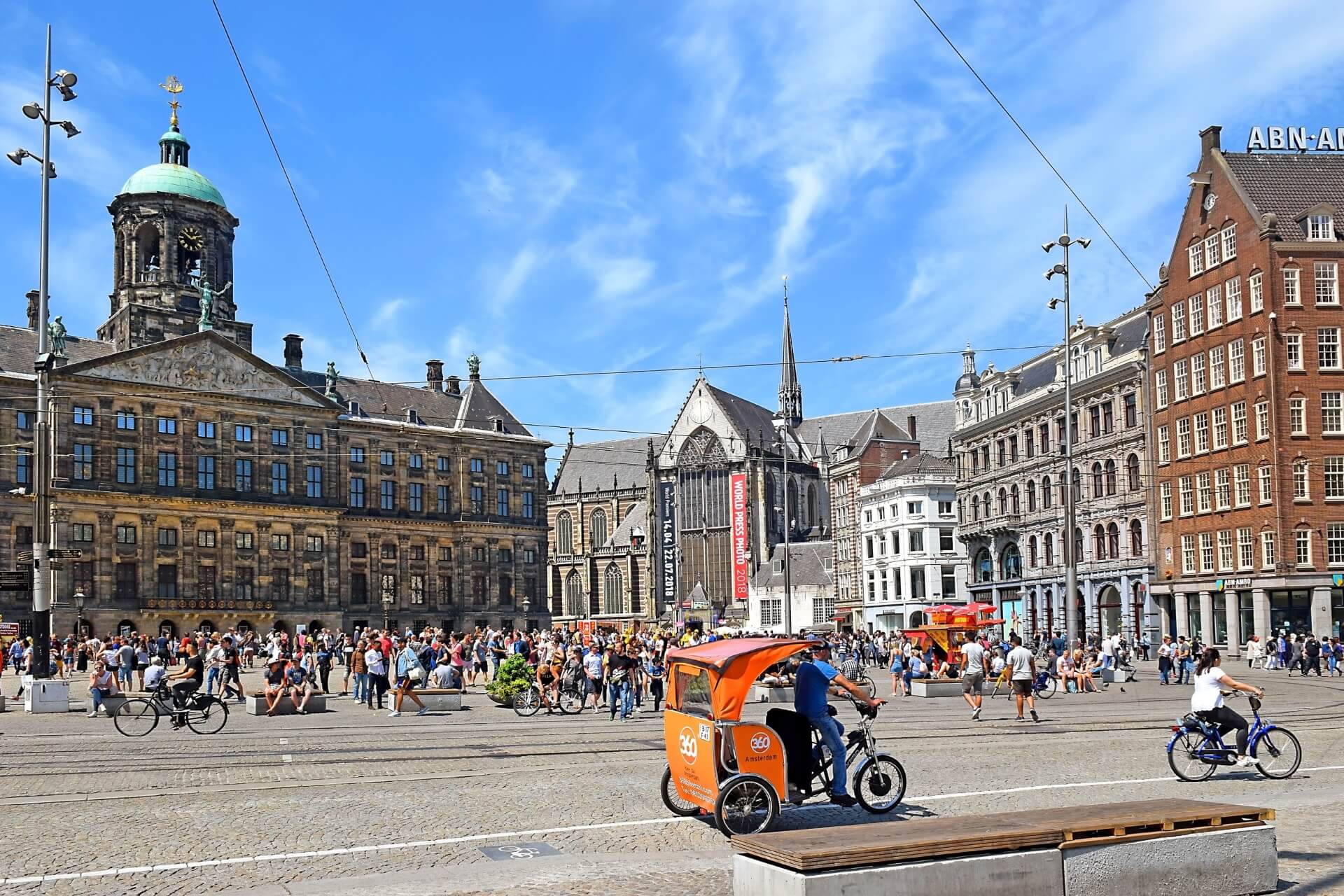
The name of the square is not related to women but rather comes from the dam built here in the 13th century. Over time, the dam became so wide that a square formed around it, and the city grew. Today, the square measures 200 by 100 meters. From here, other attractions like the Red Light District are within walking distance. The Royal Palace, Nieuwe Kerk (New Church), and Madame Tussauds Museum face the square. Shoppers will find the Bijenkorf department store here. The square is always bustling with tourists.
Royal Palace
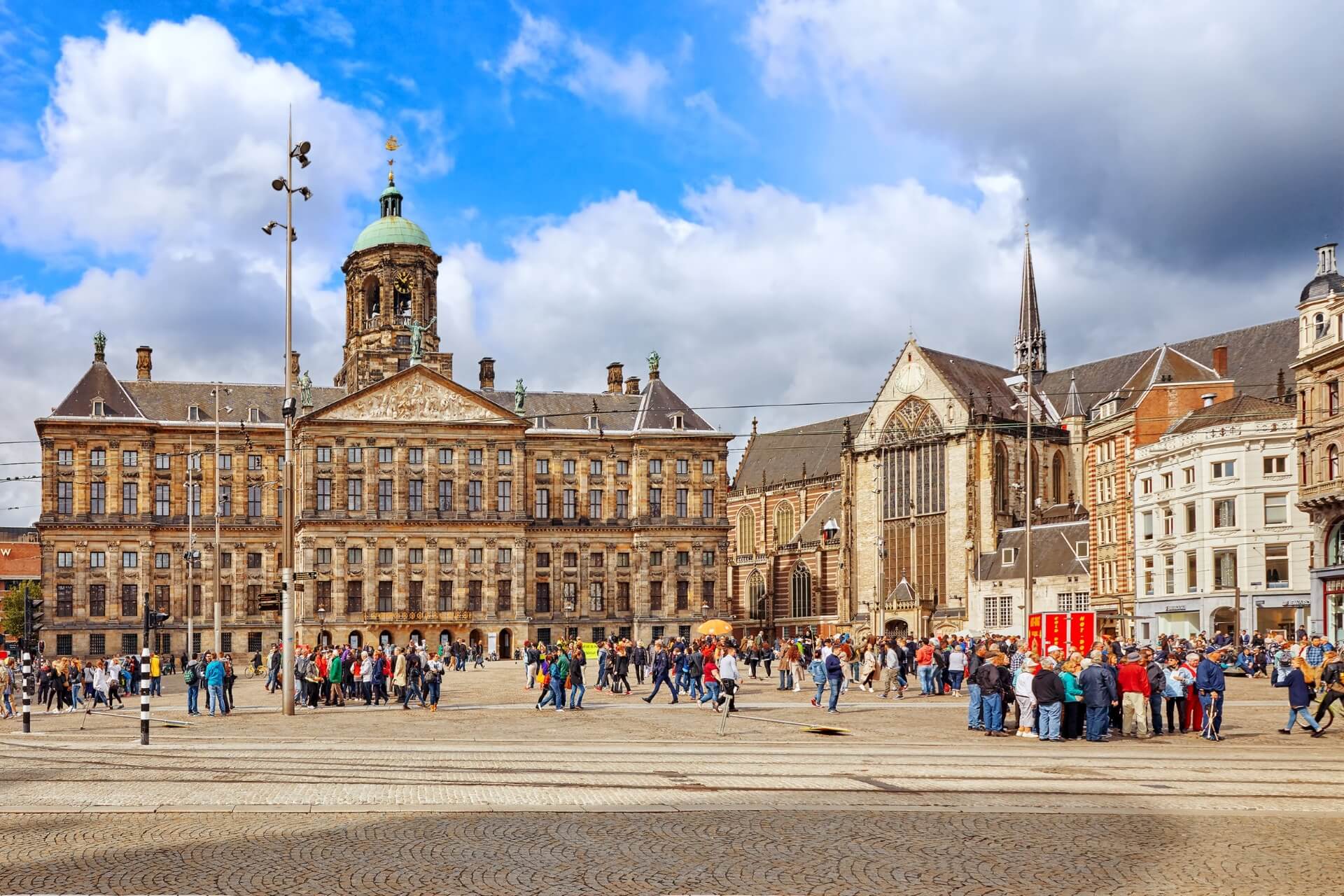
Originally the city’s town hall, the Royal Palace now serves as a royal residence. Built in the mid-17th century, it showcases Dutch Classicism with features of ancient Roman architecture. The palace rests on a strong foundation of thousands of wooden piles, with sandstone walls that emphasize its historic charm. The palace’s weather vane is shaped like a ship.
The main hall, nearly 30 meters high, symbolizes monarchical power, with the floor depicting the two hemispheres of the Earth. After 1808, the palace ceased to be a town hall and eventually became state property in the 1930s. Tourists are drawn to the palace’s art gallery, which houses works by famous artists, including Rembrandt.
Nieuwe Kerk (New Church)
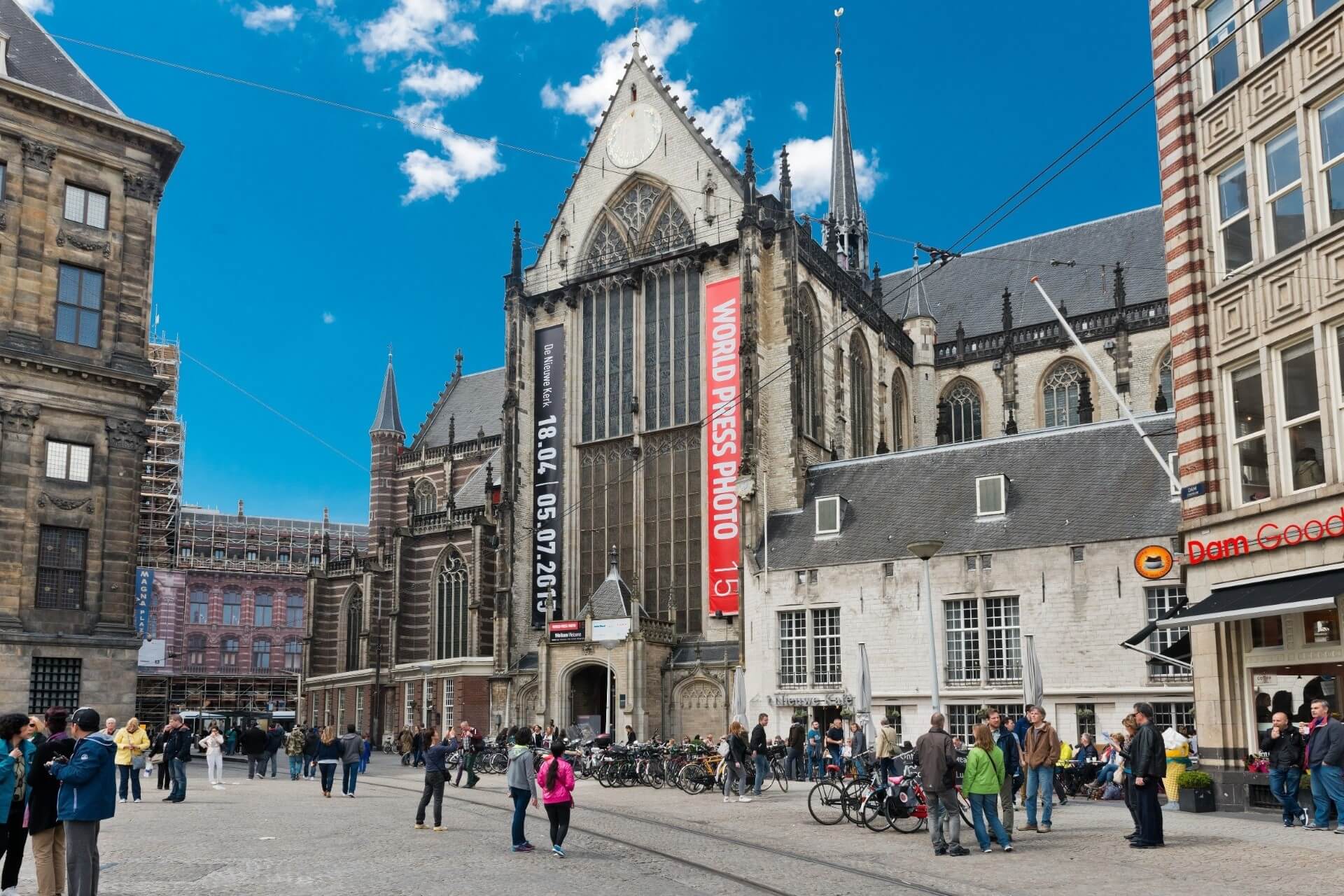
Though called “new,” this Calvinist church was built in the 15th century, located next to the Royal Palace. It was constructed because the Church of St. Nicholas became too small for the growing city.
The church, initially dedicated to Saints Mary and Catherine, suffered fires in the 15th and 17th centuries, after which it was rebuilt with Gothic elements. The last reconstruction was in the mid-20th century.
Nieuwe Kerk has hosted royal inaugurations and weddings and is the burial place of many notable city figures. Today, it no longer holds services but hosts exhibitions and organ concerts.
Madame Tussauds Wax Museum

This museum is a branch of the famous London museum. It has been located on Dam Square since 1991. Visitors can see wax figures of famous artists, musicians, singers, and political figures. New figures are regularly added, including Brad Pitt, Angelina Jolie, and other celebrities. The museum is open daily.
Flower Market
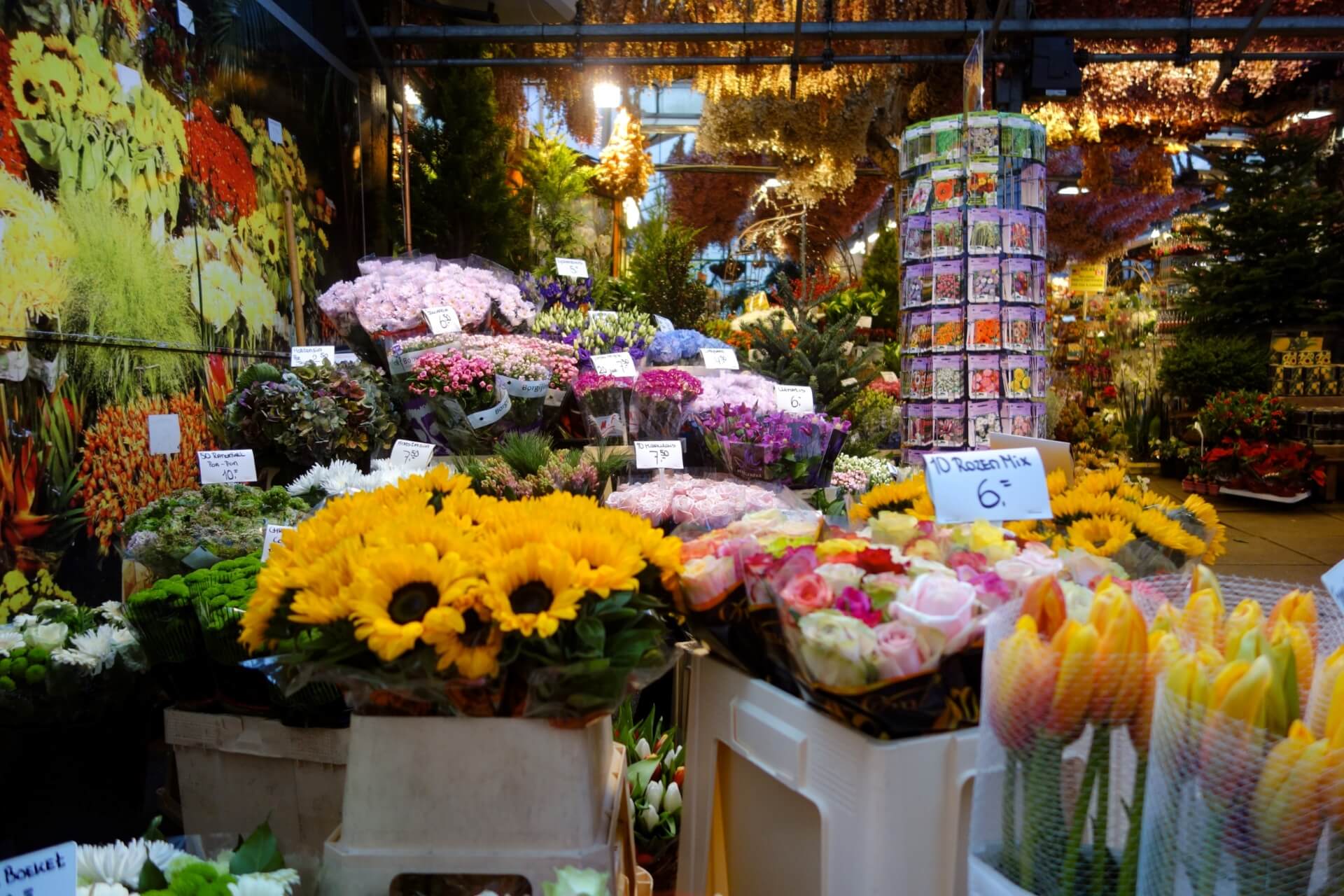
The world’s only floating flower market is a major city attraction. Dating back to the 17th century, traders sold flowers from boats on the canals. After the city moat was filled in the late 19th century, the market moved to its current location.
Barges along the city embankment house shops selling flowers and planting materials, like tulip bulbs sold individually or by weight. Tourists often visit just to admire the market but also make purchases. The first bright red tulips in Russia were called “Dutch” tulips.
Leidseplein Square
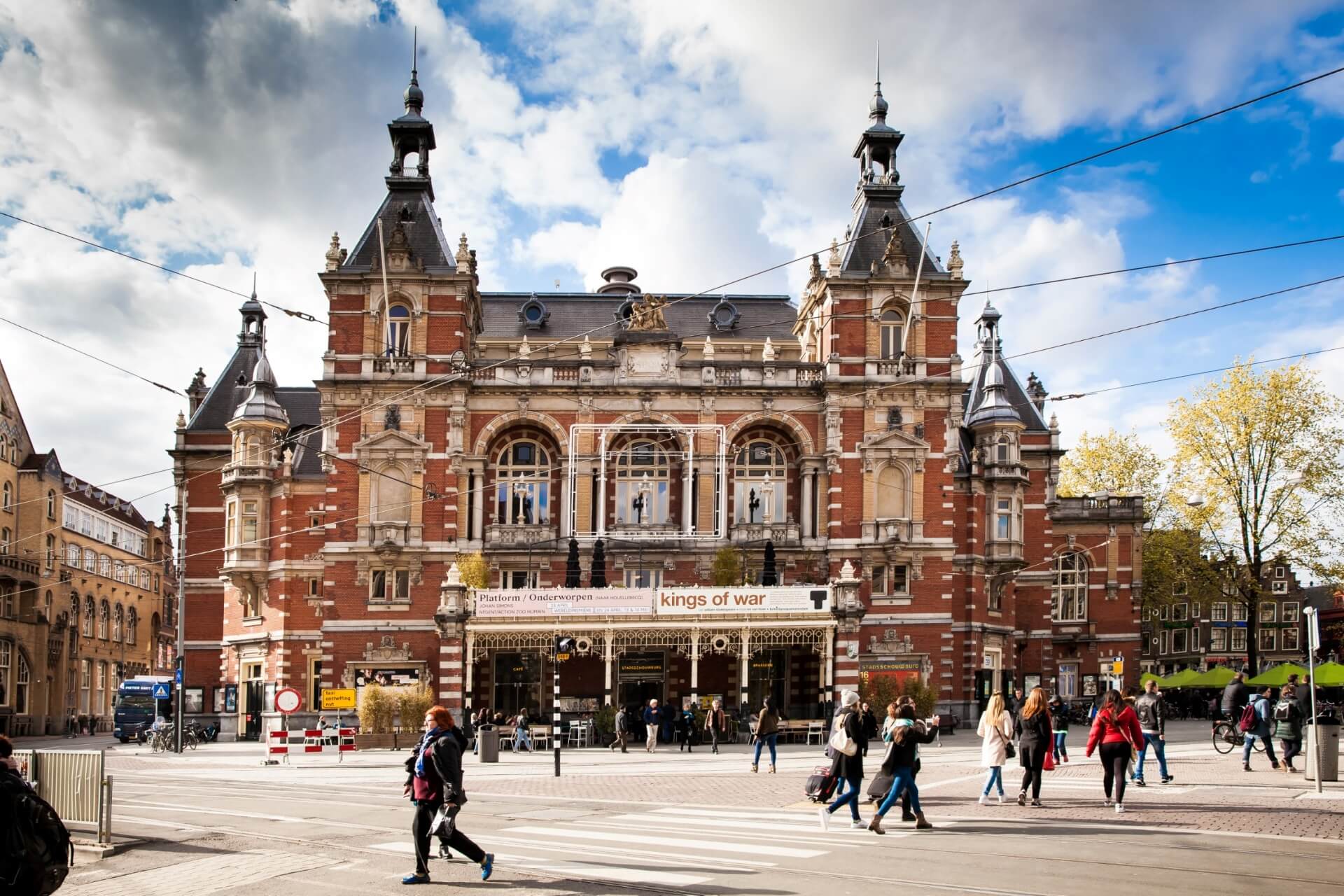
For nightlife enthusiasts, Leidseplein is the place to be, bustling with activity until morning. The square offers various entertainments, including theaters, cinemas, clubs, cafes, and shops. Street performers, including musicians, jugglers, magicians, and fakirs, entertain visitors. Talented individuals can also perform here. The square also has open-air concert venues and delicious coffee available in cafes or for takeaway.
Canal Cruise
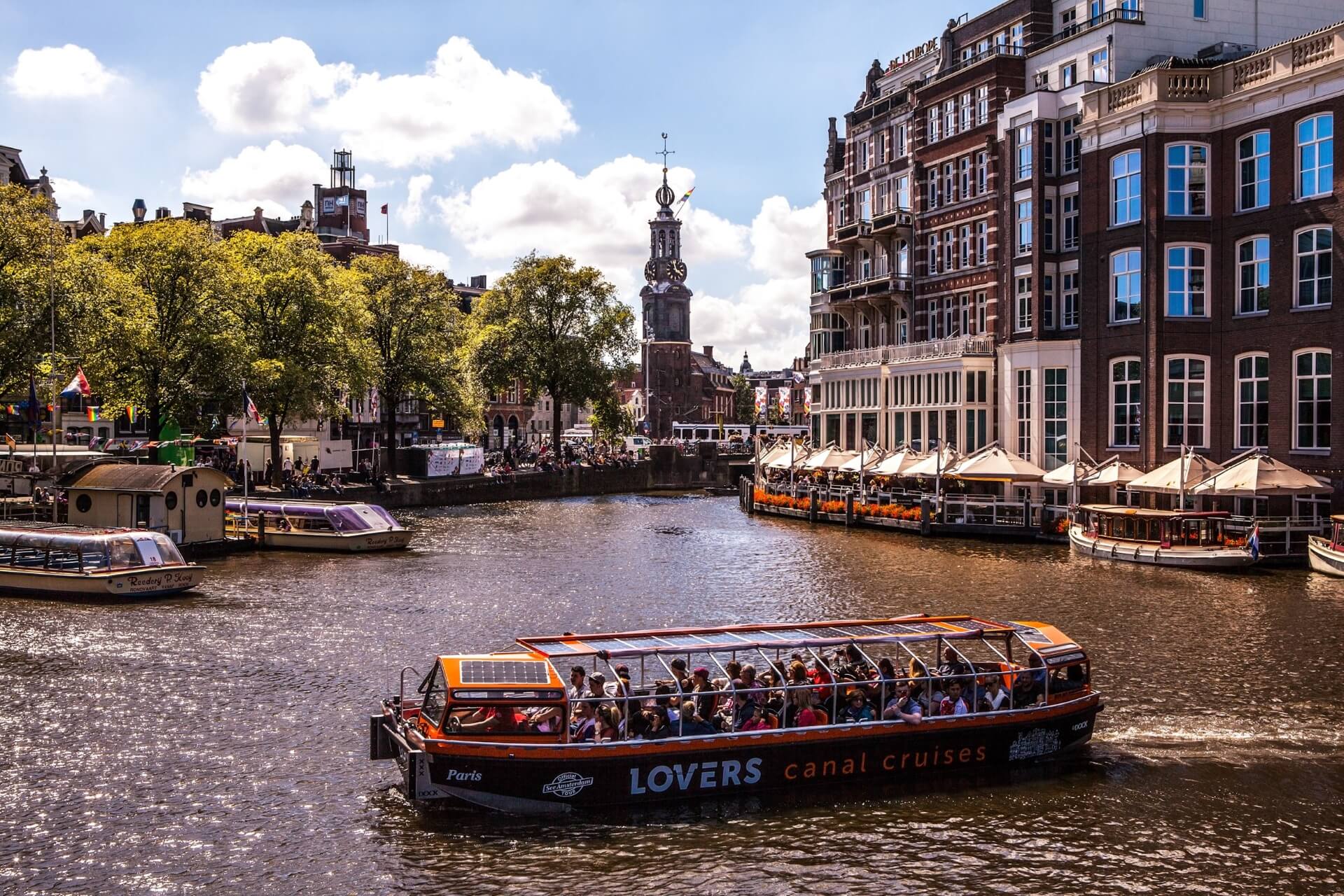
Many tourists consider a canal cruise the highlight of their visit. These tours last about an hour to an hour and a half and provide a great introduction or conclusion to your trip. Listening to the guide, tourists often note attractions to visit later. About 200 types of boats and ships navigate the canals, offering romantic dinner cruises, themed tours like Van Gogh-related sites, and more. A one-hour cruise costs around 15-16 euros.
Red Light District
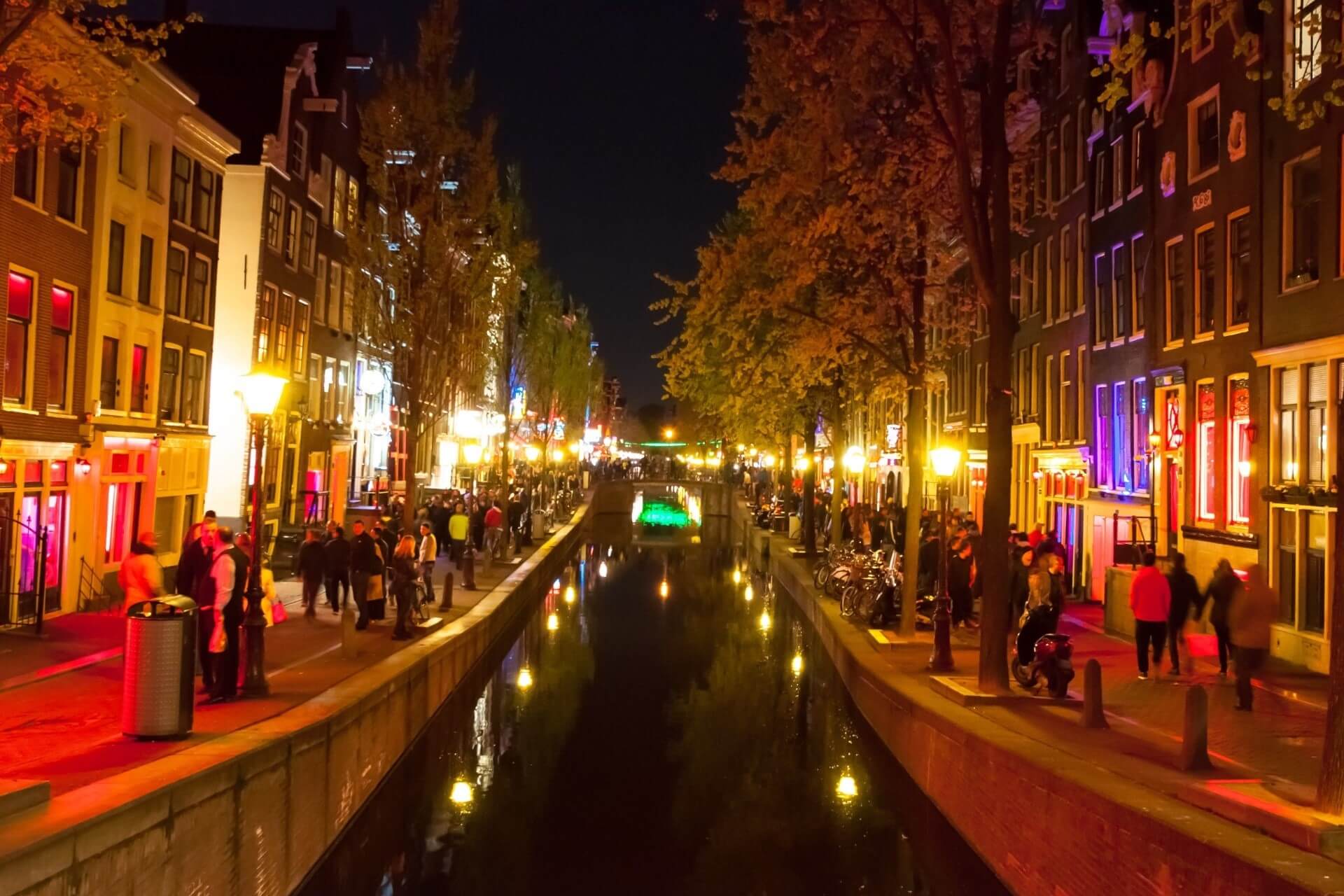
The Red Light District is famous worldwide, with Amsterdam being one of the few European cities where such activities are legal. However, this wasn’t always the case. Prostitution was battled in the 16th century, temporarily tolerated in the 19th century, and became illegal again in the 20th century. It was only in 1988, three years after the first international congress of sex workers, that prostitution was recognized as a normal profession in the Netherlands.
The Red Light District is like a mini-city with about 20 streets, shops, cafes, and even museums. Around a thousand sex workers, male and female, work here, with a minimum age of 21. The famous windows allow visitors to see inside the rooms unless occupied, in which case the curtains are drawn.
The district offers entertainment both day and night, with the main activity starting at 11 pm. Prices are quite reasonable, about 50 euros per visit. The district also caters to homosexuals, though most tourists visit out of curiosity rather than for services.
Getting from the Airport to the City Center
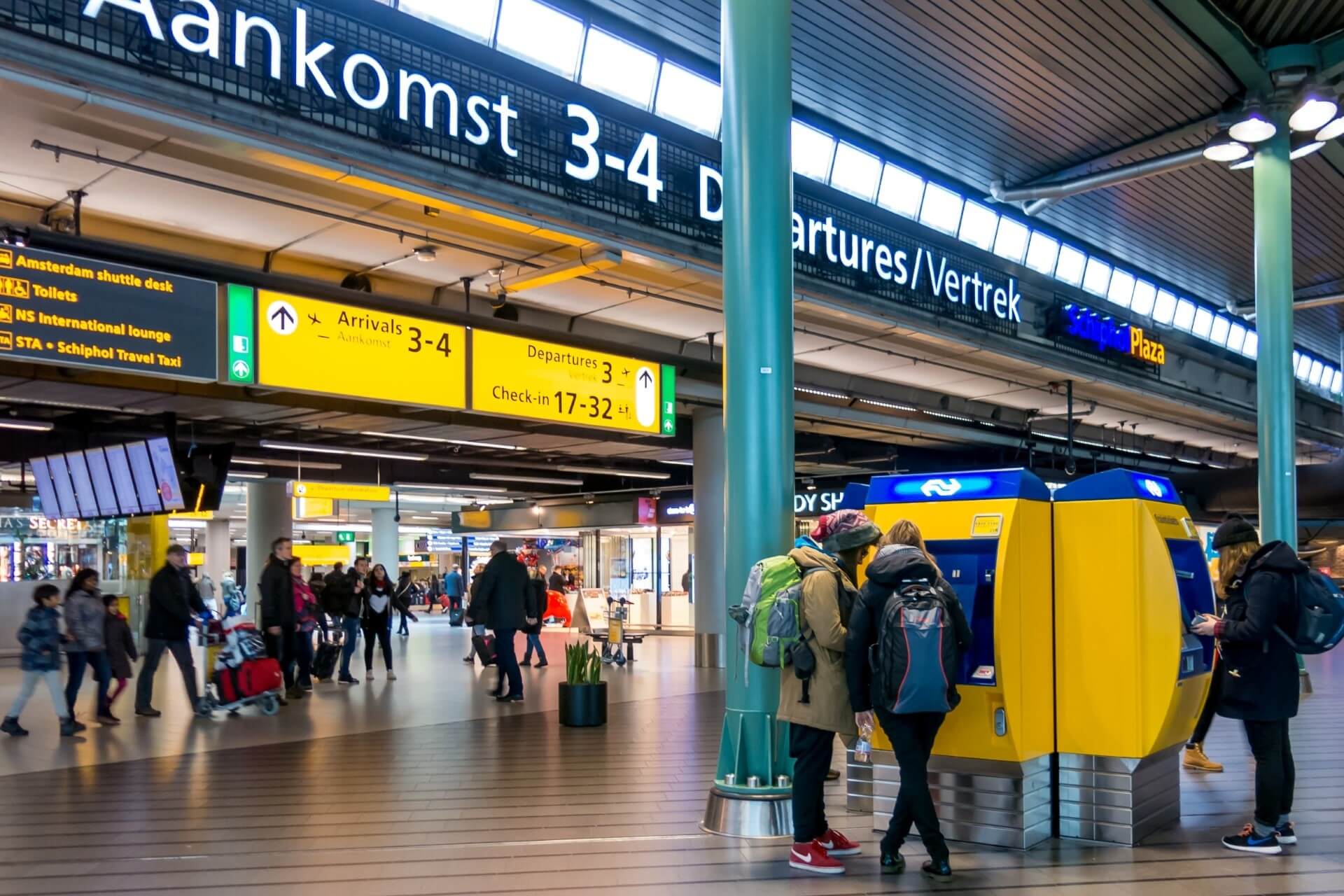
Most tourists wonder how to get to the city center from the airport. There are several options, and if you are traveling alone, familiarize yourself with the city map to know your hotel’s location.
Schiphol Airport, one of Europe’s largest, is 18 km from Amsterdam. After collecting your luggage, you can buy a public transport ticket to get to the center. A travel pass allows unlimited travel within the city on the metro, tram, bus, and train.
A train from the airport station takes 15 minutes to reach the central station, from where you can continue to your destination. Buses, like route 197, also go to the city center. The most convenient option is a taxi, costing about 50-60 euros, which takes you directly to your hotel.
Of course, tourists won’t be able to see all the attractions in one day. If you have grand plans, renting a car is the best option. Most visitors will choose a personalized program, knowing the city’s most interesting places in advance. Amsterdam is beautiful year-round and always welcomes guests.

